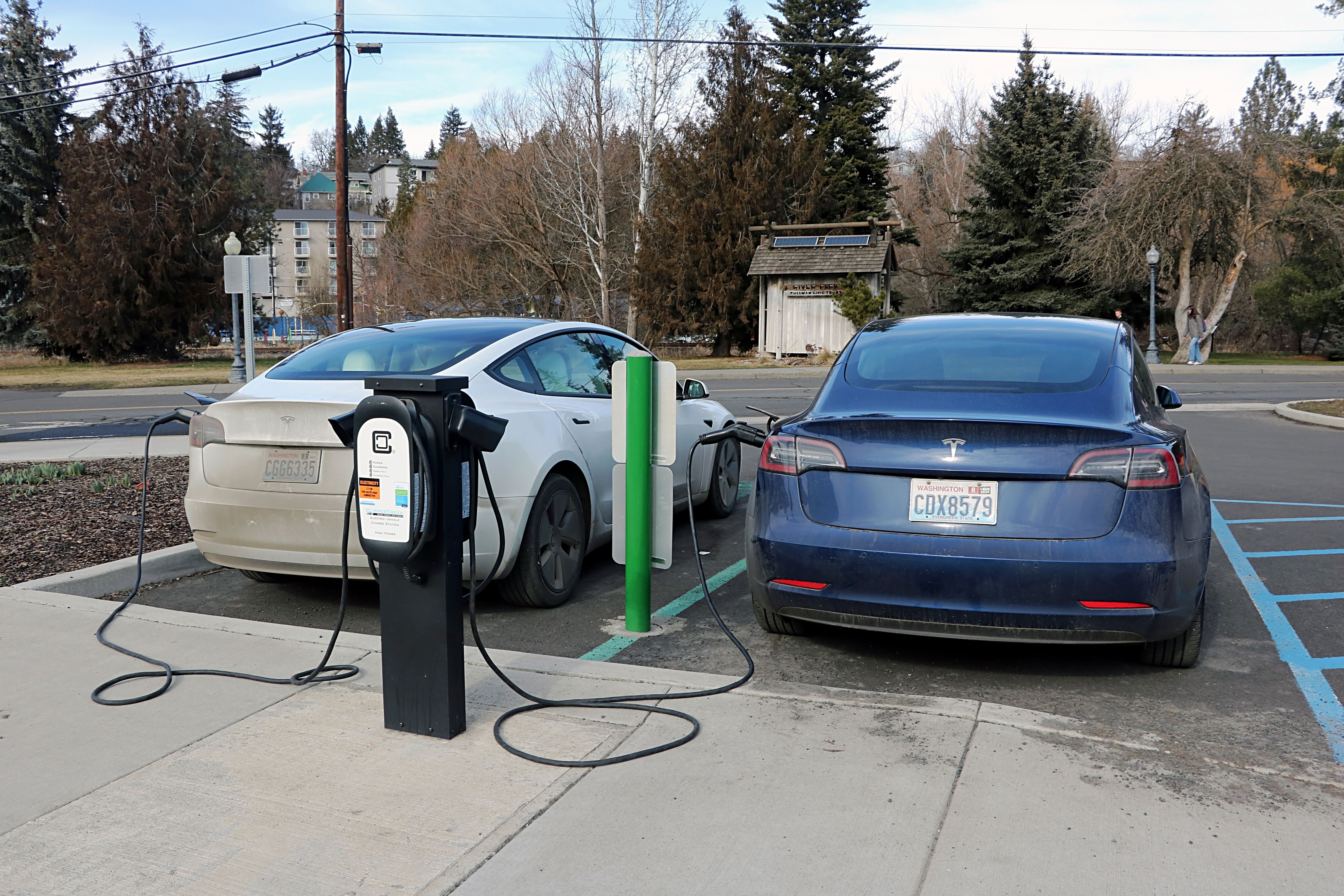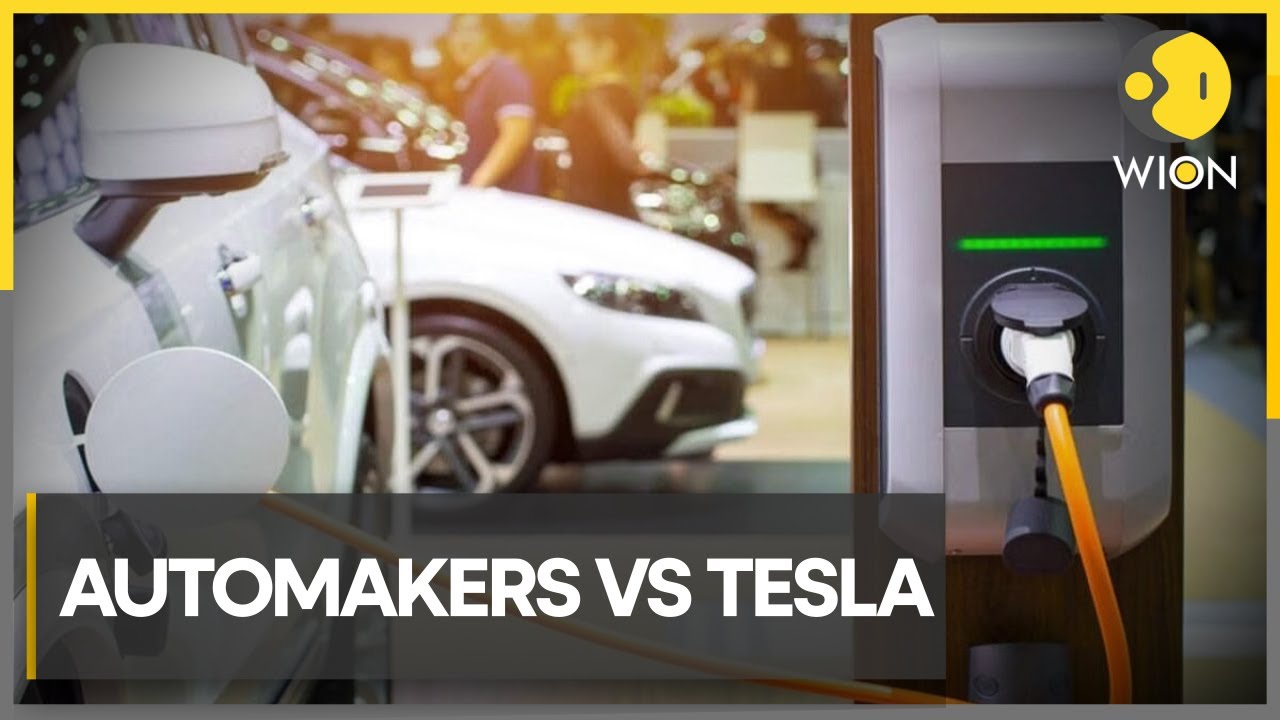How to Stay Updated on Industry Developments When You Buy EV Charging news
How to Stay Updated on Industry Developments When You Buy EV Charging news
Blog Article
Leading EV Charging News: Trick Updates on Facilities and Development

Current Developments in Fast-Charging Modern Technology

In addition, developments in battery modern technology, including enhanced thermal management systems and higher power thickness batteries, complement fast-charging capacities. These growths mitigate the danger of battery degradation during quick charging, ensuring durability and performance for EV proprietors.
Additionally, the integration of wise billing solutions is improving user experience, allowing real-time surveillance and vibrant pricing designs. EV Charging news. This adaptability permits vehicle drivers to enhance billing costs and times based on grid need
As automakers proceed to invest in fast-charging networks, the partnership in between sector stakeholders is essential. Partnerships between charging station suppliers and automotive producers are leading the way for substantial insurance coverage, inevitably promoting a much more durable EV ecological community. These advancements are pivotal in supporting the transition to lasting transport.
Federal Government Efforts for Billing Growth
Government efforts play a vital duty in the development of electrical lorry (EV) billing facilities, assisting in the shift to sustainable transportation. Different federal and state programs are being executed to enhance charging accessibility, reduce the economic worry on consumers, and promote the adoption of electric vehicles.
Especially, the united state government has assigned considerable funding via the Framework Financial Investment and Jobs Act, which sets aside $7.5 billion for EV charging network advancement across the nation. This financing is focused on deploying hundreds of brand-new charging terminals, specifically in underserved locations, thus addressing array anxiety amongst prospective EV buyers.
In addition, many states are enacting regulation to enhance the allowing process for billing station installations, which is crucial for increasing deployment. Incentives such as tax credit ratings and discounts for both consumers and organizations are likewise being presented to motivate the installment of billing facilities.
Moreover, public-private partnerships are progressively becoming a focus, leveraging private financial investment to complement government financing. These campaigns highlight a collective technique crucial for constructing a efficient and extensive EV billing network, ultimately adding to a greener and more sustainable future.
Cutting-edge Battery Solutions Enhancing Efficiency
Reinventing the landscape of electrical vehicle (EV) innovation, innovative battery options are significantly improving effectiveness and efficiency. Advances in battery chemistry, particularly with lithium-sulfur and solid-state batteries, are resulting in increased energy thickness, which permits for longer arrays and faster charging times. These new battery types have the prospective to exceed typical lithium-ion batteries by offering higher capacities while decreasing weight, consequently boosting go to the website total car effectiveness.
Additionally, growths in battery monitoring systems (BMS) are maximizing power use and expanding battery life-span. Intelligent algorithms keep track of battery health and wellness and performance, allowing real-time adjustments to charging and discharging processes. This not only improves the effectiveness of the battery but also ensures a more lasting and trusted power source for EVs.
Additionally, the integration of recycling innovations is attending to the environmental impact of battery production and disposal. Innovations in second-life applications for EV batteries are promoting their usage in energy storage space systems, adding to a circular economy.
As these innovative battery solutions remain to progress, they assure to transform the EV market, making electrical automobiles a lot more easily accessible and enticing to a broader audience while supporting international sustainability objectives.

Collaboration Between Automakers and Charging Networks
Identifying the vital demand for a robust charging facilities, car manufacturers are significantly collaborating with charging network carriers to boost the EV possession experience (EV Charging news). These collaborations intend to develop a smooth billing ecological community that profits consumers and supports the shift to electrical automobiles
Major vehicle brands are joining forces with well-known billing networks to expand their charging terminal protection, guaranteeing vehicle drivers have access to hassle-free and reliable charging alternatives. Partnerships with networks like ChargePoint and Electrify America permit car manufacturers to integrate billing options straight into their vehicles' navigating systems, directing have a peek at these guys users to the local terminals and offering real-time schedule updates.
Additionally, these collaborations often lead to the development of fast-charging modern technologies that dramatically minimize the moment needed to recharge an EV. By merging sources and expertise, car manufacturers and billing networks can innovate much faster, producing remedies that meet the expanding demand for electrical mobility.
Additionally, joint initiatives may additionally result in even more standardized charging procedures, which can reduce consumer confusion and promote more comprehensive EV adoption. On the whole, these calculated partnerships are critical in building a efficient and straightforward billing facilities that fulfills the demands of an increasing electrical vehicle market.
Challenges Dealing With EV Charging Infrastructure
As the electrical lorry market remains to expand, several challenges are emerging that prevent the development of an extensive charging framework. Among the primary obstacles is the inadequate number of charging terminals, particularly in underserved and country city locations. This gap creates range stress and anxiety amongst possible EV customers, discouraging them from making the switch.
Additionally, the absence of standardization in billing innovation complicates the facilities landscape. Variations in plug kinds and charging speeds can develop confusion for users and raise functional complexities for charging network drivers.
One more pressing concern is the high expense related to the installation and upkeep of charging stations, which can be a barrier for both exclusive companies and public entities. Lastly, regulatory obstacles and zoning restrictions can postpone the implementation of billing facilities, hindering progression in broadening vital services. Resolving these challenges will certainly be essential for cultivating a robust EV ecosystem that sustains the transition to lasting transportation.
Final Thought
To conclude, the ongoing advancements in EV charging innovation, sustained by substantial government initiatives and ingenious battery options, are critical for the expansion and effectiveness of electrical vehicle infrastructure. Collaborations between automakers and charging suppliers better enhance terminal coverage, dealing with the growing demand for available charging choices. In spite of difficulties that continue within the EV billing landscape, these growths indicate a favorable trajectory in the direction of an extra effective and sustainable electric automobile ecological community.
Technologies in billing facilities have led to the development of ultra-fast chargers qualified of supplying up to 350 kW of power, substantially lowering billing times. Variants in plug types and charging rates can produce confusion for users and raise functional complexities for billing network operators.In final thought, the recurring advancements in EV billing innovation, supported by substantial federal my site government efforts and innovative battery solutions, are crucial for the development and effectiveness of electric lorry facilities. Partnerships between car manufacturers and billing companies further boost station insurance coverage, attending to the growing need for easily accessible charging alternatives. In spite of challenges that continue within the EV charging landscape, these advancements signify a favorable trajectory in the direction of a more reliable and sustainable electrical vehicle environment.
Report this page